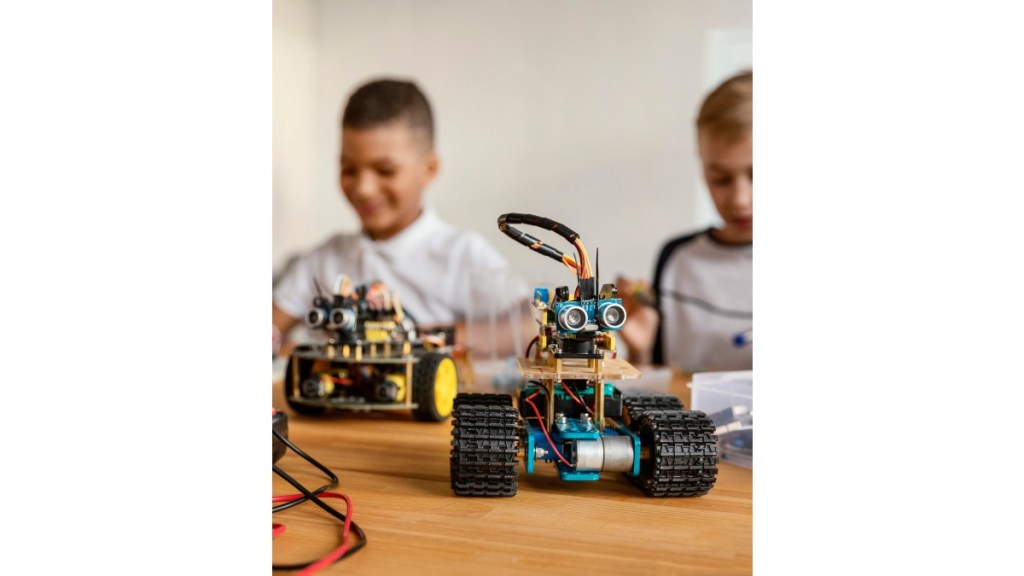By Sanamdeep Chadha
Within the domain of STEM education, programmes like robotics and artificial intelligence have come out as promising to challenge the status quo within the 21st century not only for teaching and learning in the field of technical education but also to foster and show problem-solving abilities, build teamwork and challenge students to become innovators. These skills acquired through these programs outside the traditional classroom have become a bridge, linking real-world application and theoretical knowledge and competition success among students and educators. As we delve into the exploration of robotics programs and how they extend beyond the walls of the classrooms and textbooks in bringing up STEM enthusiasts outside the school, the focus is cast through the lens of hands-on teaching and learning, teamwork and collaboration, creativity and innovation, application of real-world situations and finally, career readiness.
Like traditional education, where the banking philosophy of education is the main focus, robotics programmes foster practical and hands-on learning with an emphasis on the active engagement of students within the programme. Programmes in Robotics encourage creativity in design thinking concepts, programming, building, science principal applications, mathematics, technology and engineering in a more practical context. With this valuable and experiential approach to learning, students develop a much deeper understanding of the STEM concept while sharpening problem- solving skills and critical thinking.
Over the years, the core area of most robotics competitions has been promoting and fostering teamwork and collaboration among participants. It allows students to work in partnership with other team members, which optimises and enables members to design their robots, creates mutual support among members, divides tasks and builds effective communication as these are required within the real-world environment in areas like engineering, industrial design, product manufacturing and many more, where success mainly on team collaboration and effort from diverse members with the team. Ensuring a collaborative atmosphere, robotics programs give students the groundbreaking for careers in STEM terrans in the future, where teamwork is paramount for tackling and solving complex challenges.
As the English proverb says, “Creativity is the mother of invention” Programs in robotics also breed a fertile ground for creativity and innovation. Members within this cutting edge are tasked to solve open-ended problems unconventionally; this exploration allows students to think outside the box to complete primarily complex tasks and navigate complex obstacles with robots. Students within this field are encouraged to iterate, experiment and refine their ideas within their designs; this process ignites innovation. Encouraging the habit of robotics and creativity programs empowers students to visualise new solutions to solving real-world challenges, building the foundation for future advanced technology.
Students have landed various opportunities to transfer skills and learning to real-world settings. Competition and Robotics programmes stimulate real challenges scientists and engineers encounter. This cutting edge allows students in competitions to build, assemble and perform hazardous tasks in any field. By performing such challenges more practically, students can gain insightful knowledge that guides their STEM applicability in addressing real-life problems. This practical and
(The author is the promoter and director of Genesis Global School. Views are personal)

